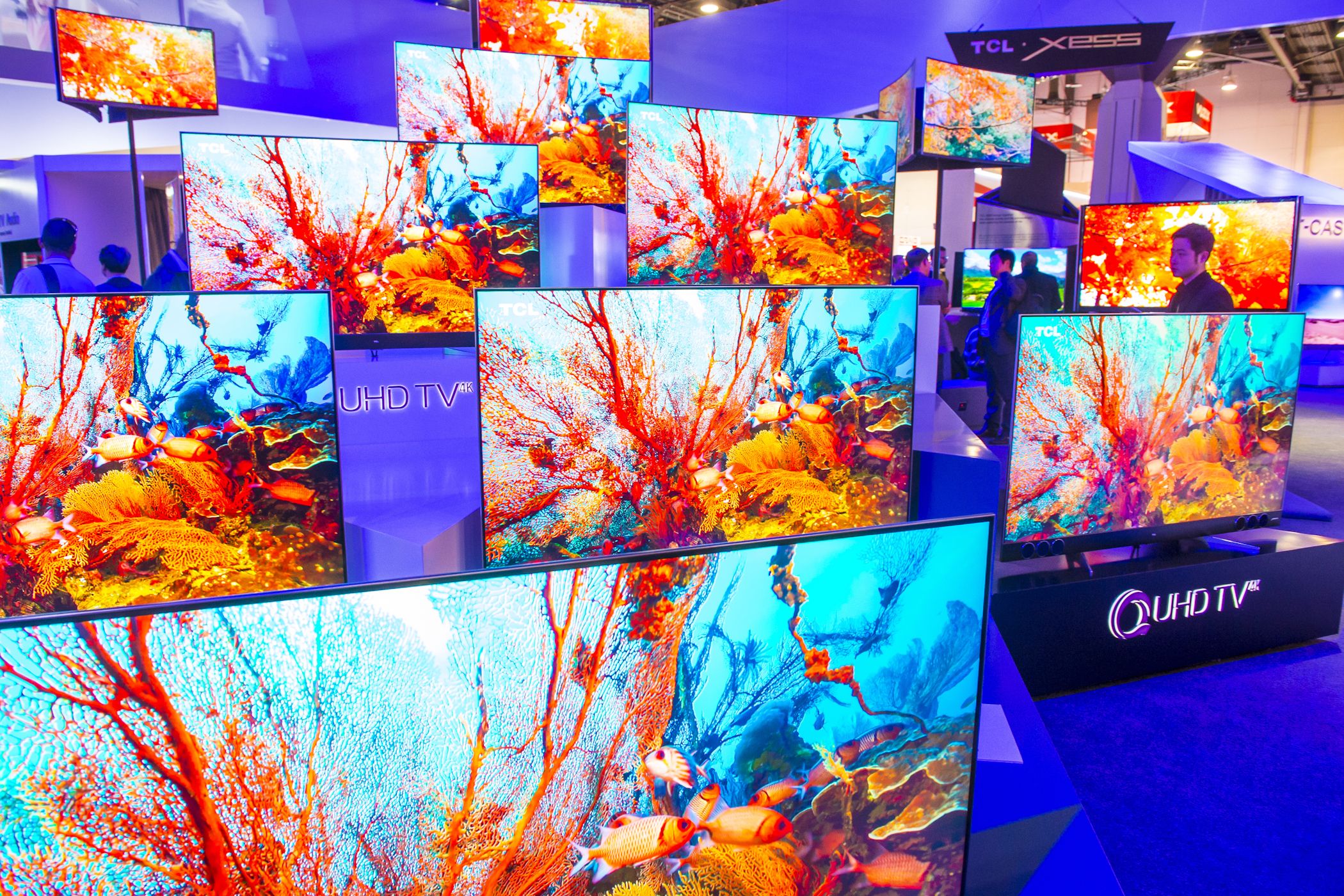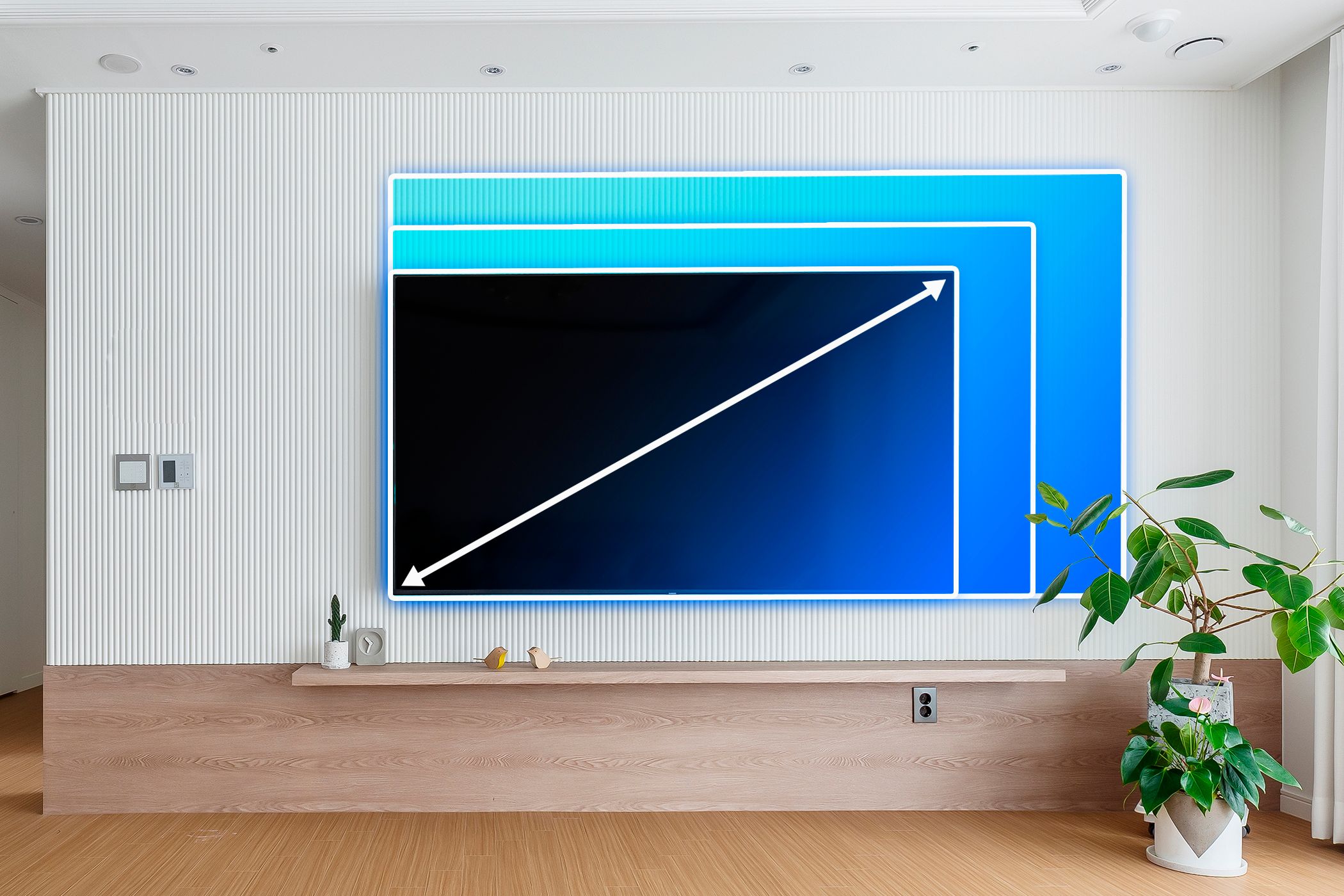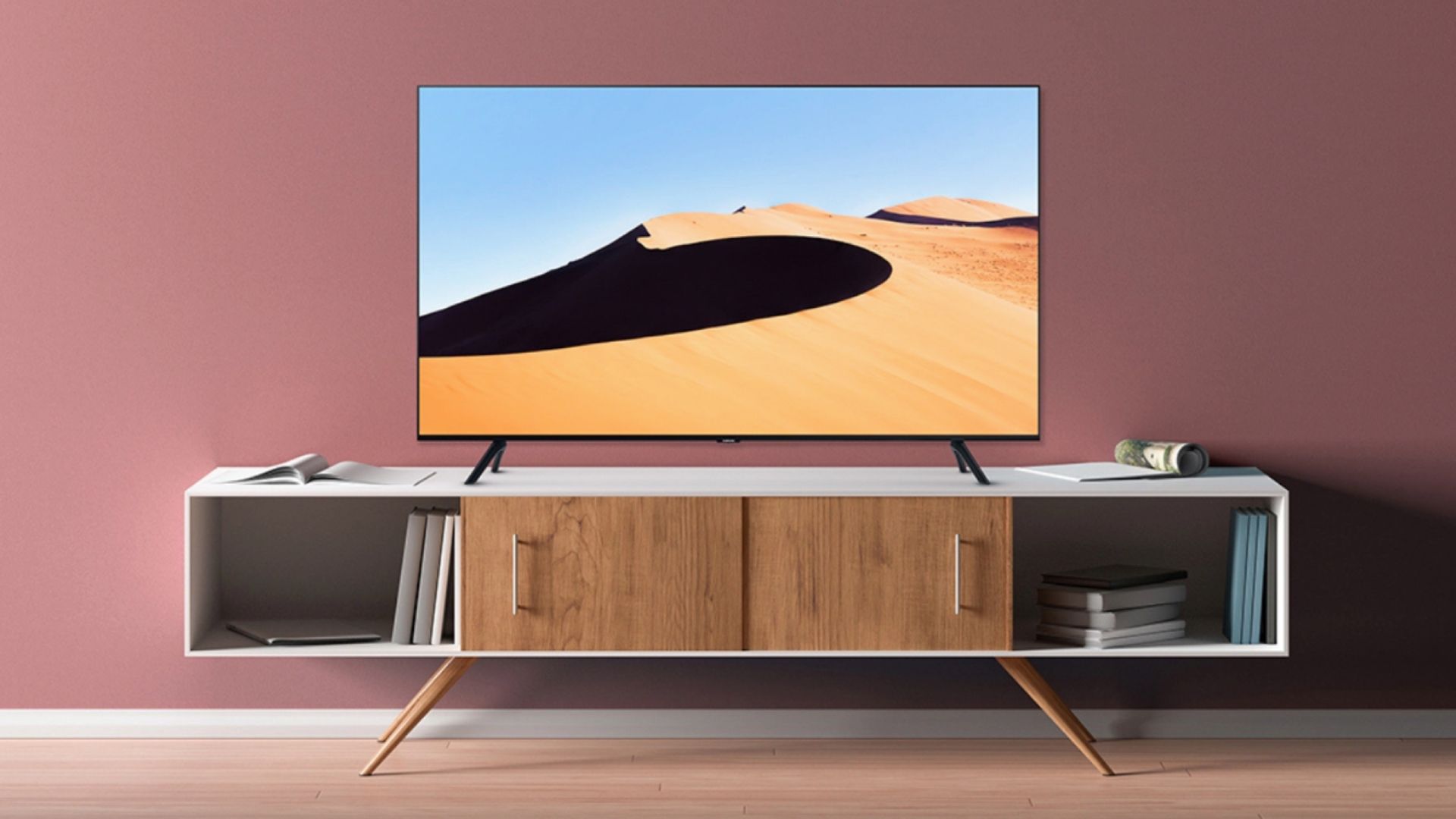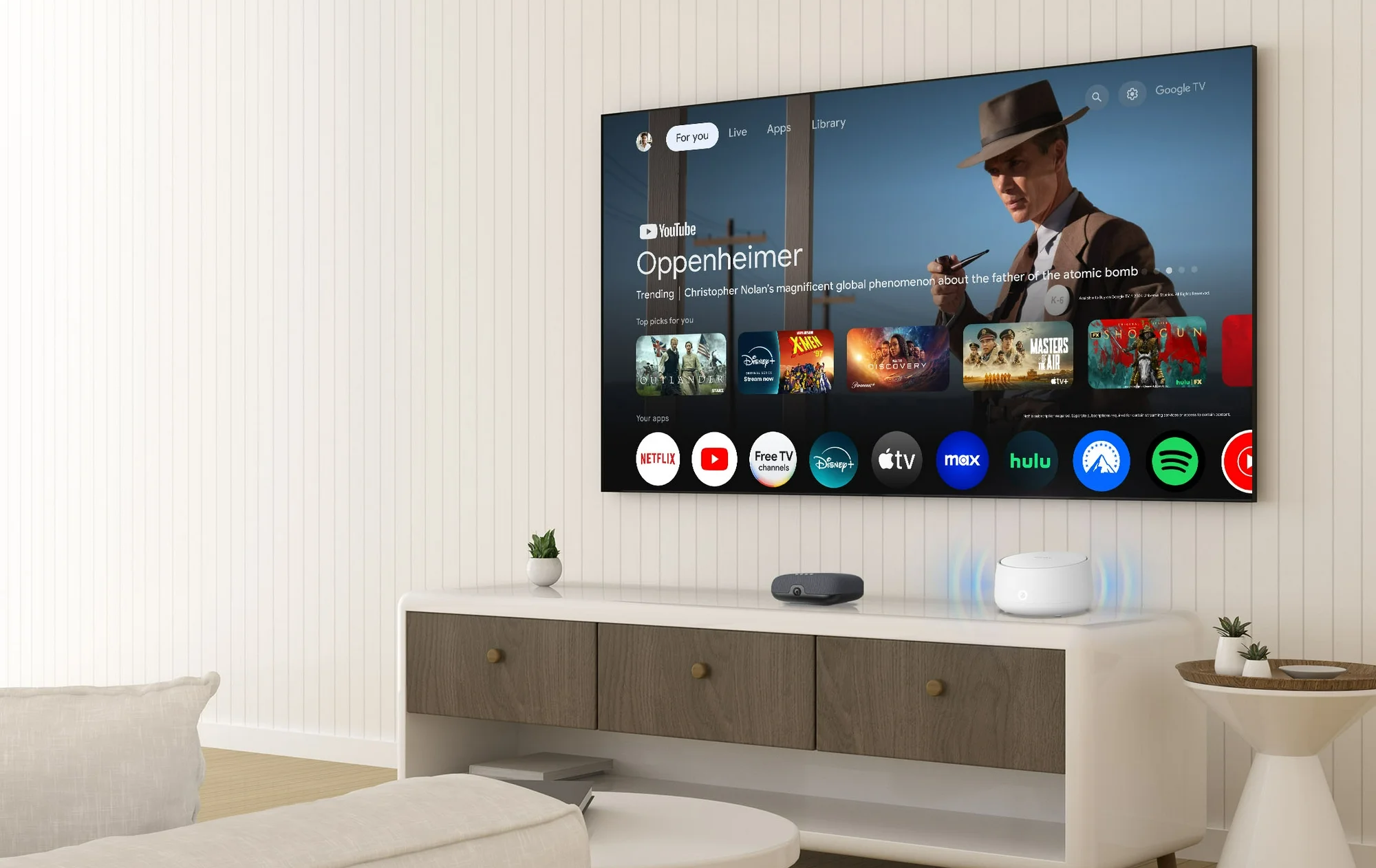Buying a 4K TV can be thrilling, but there’s more to it than picking the largest screen in the store. After my purchase, I learned a few crucial lessons that could have saved me some buyer’s remorse.
5
Bigger Isn’t Always Better
I used to think the biggest screen was automatically the best. Bigger screen, better experience—right? Not exactly.
A screen that’s too large for your space can work against you. If you sit too close, you’ll constantly shift your gaze to follow the action, leading to visual fatigue. On the other hand, a screen that’s too small for your viewing distance won’t let you fully appreciate the detail that 4K resolution offers.
The ideal screen size depends on how far you’ll be sitting from the TV. Before buying, measure your space and check a screen size-to-viewing distance chart. Better yet, use any of the available free tools for finding out what TV size you need. Doing so ensures your TV looks amazing without giving you a headache.
4
Not Every 4K TV Is the Same
When I first started shopping for a 4K TV, I assumed they were all basically the same. After all, 4K is 4K, right? Not quite.
While all 4K TVs offer the same resolution—3840 by 2160 pixels—the actual picture quality varies widely. Panel type (OLED, QLED, or standard LED), contrast performance, and color accuracy all make a huge difference in how your content looks.

Related
What Is the Difference Between QLED, OLED, and UHD? Which Is Best?
If you’re buying a new TV, you’ll want to know the difference between these different types of display technologies.
Some budget models might technically be 4K but lack the hardware to show it off. Think flat colors, washed-out blacks, or inconsistent brightness. That’s not exactly the immersive upgrade you might expect.
To avoid disappointment, check professional reviews, look for features like local dimming and wide color gamut support, and if you can, see the TV in person before buying. Resolution is just one part of the picture—literally.
3
HDR Makes a Huge Difference
If 4K sharpens the image, HDR brings it to life.
High Dynamic Range (HDR) improves contrast and color, delivering brighter highlights, deeper shadows, and more vibrant, true-to-life tones. A sunset looks richer. A dark movie scene reveals more detail instead of turning into a gray blur.
However, not all HDR is created equal. Some TVs advertise HDR support but lack the brightness or color depth to make it worthwhile. For the best experience, look for support for advanced formats like Dolby Vision or HDR10+, along with hardware features like high peak brightness and wide color gamut.
When comparing models, HDR capability often has a bigger visual impact than resolution alone. A great HDR experience can make even older content feel fresh and immersive.
2
Refresh Rate Matters More Than You Think
Refresh rate isn’t the flashiest spec, but it plays a major role in how smooth your content looks—especially if you watch a lot of sports or action movies or play video games.
It refers to how many times per second your TV updates the image. A 60Hz refresh rate means 60 updates per second; 120Hz means 120. That difference can be the key to motion that looks fluid rather than jittery.
Some TVs use motion smoothing or software tricks to simulate higher refresh rates, but they’re not the same as native 120Hz panels. If you’re planning to use a PS5 or Xbox Series X or just want smooth, natural movement, a higher refresh rate is worth the investment.
1
There Are Hidden Costs to Owning a 4K TV
Buying the TV is just the beginning. I didn’t realize until later that getting the full 4K experience usually means spending a little more.
First, cables. Not all HDMI cables are created equal—older ones may not support the bandwidth needed for 4K at high frame rates or HDR content. A certified High Speed or Ultra High-Speed HDMI cable is a must if you’re using a streaming box or gaming console.
Second, sound. Many 4K TVs have lackluster built-in speakers. To really enjoy movies or games, a soundbar or speaker system makes a huge difference. It doesn’t have to be expensive, but it’s something to budget for.
And finally, internet speed. Streaming 4K content requires a strong connection. If your Wi-Fi signal or internet plan isn’t up to the task, you’ll run into buffering or downgraded resolution. Some households even end up upgrading their service just to keep up.

Related
Here’s How I Save Money When Upgrading My Smart TV
You don’t need to spend a fortune when you upgrade your smart TV.
A 4K TV can be a fantastic upgrade—if you know what to look for. The process isn’t always as straightforward as it seems, and the fine print matters more than most people expect. If anything, this experience taught me that a little research upfront can save a lot of frustration (and cash) down the line.






